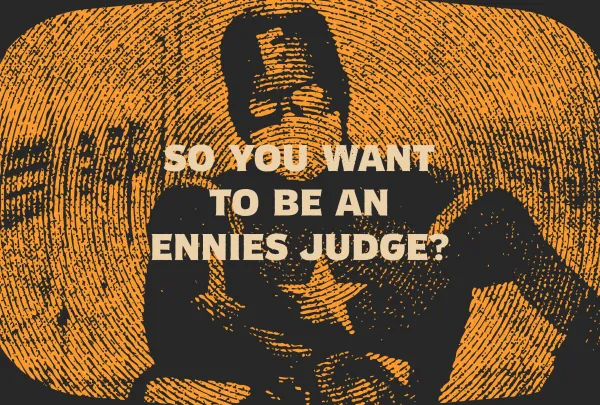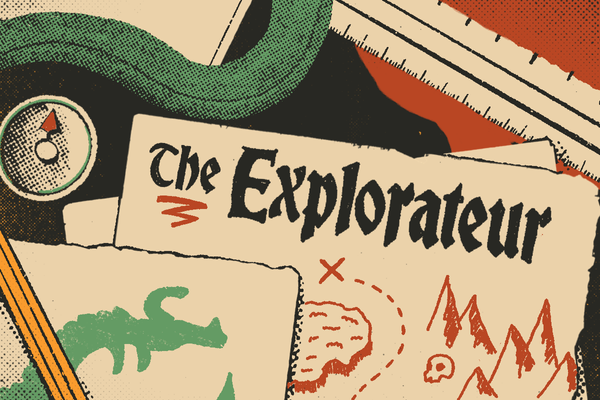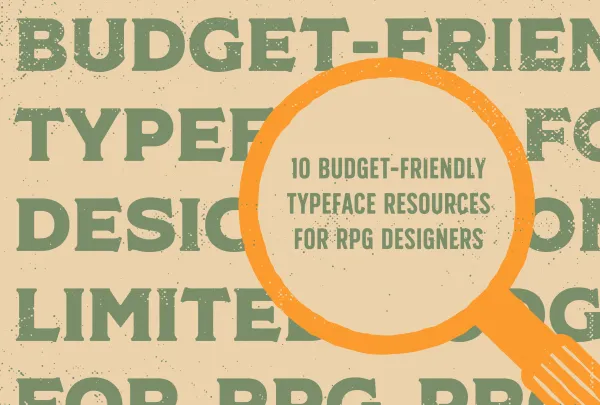Exploring Bucket of Bolts
In this week's design delve, we lift the hood on ritual mechanics, product design, and splitting your product into different pieces.
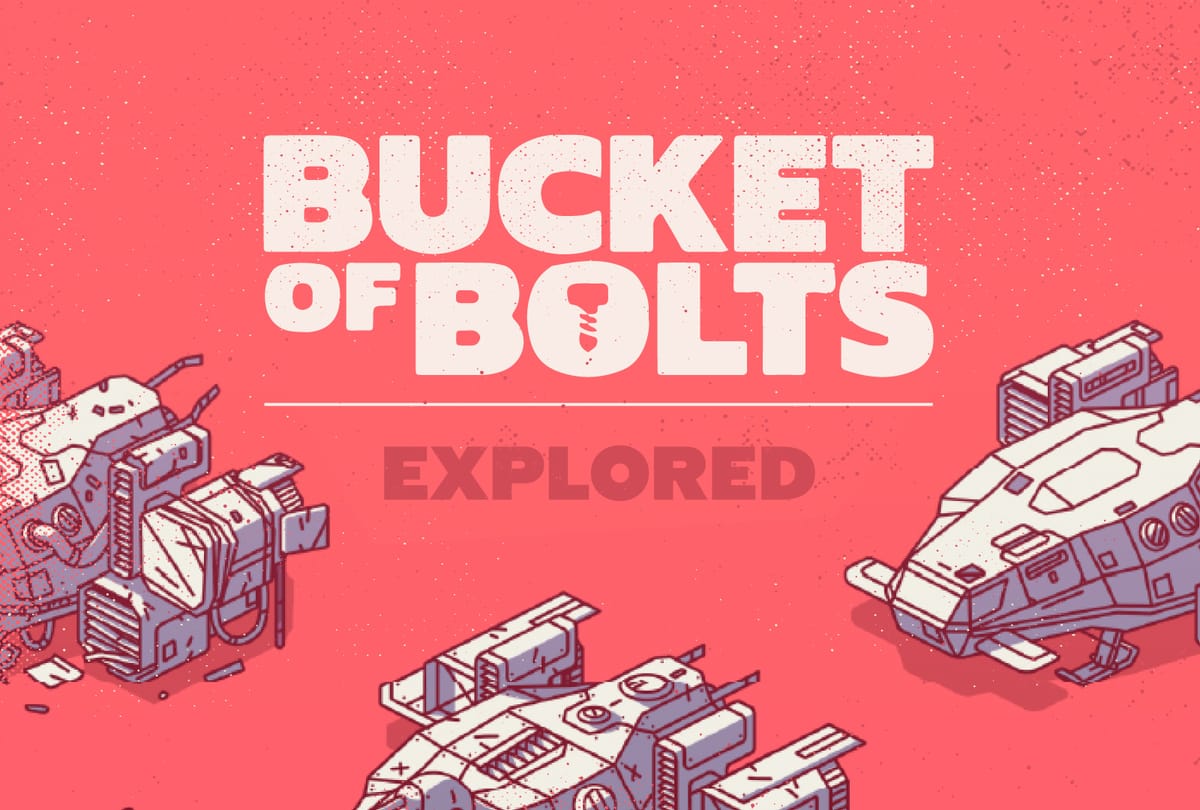
Starting the delve.
I am not an avid solo player. My alone time is spent making exactly what you're reading now. Overly verbose critiques. However, occasionally I see things on Itch and think, "Well now, that's interesting. That looks like something different."
Bucket of Bolts is one of those. It's immediately evocative from the moment you see the thumbnail on Itch. It's a game of iconic spaceships and their infamous captains. It's about time and the scars it leaves. It's about life and death. It's about you playing a ship.
You're entering a Design Delve, A semi-regular book critique. You can find previous delves online and get new ones straight to your inbox by becoming an Explorers member. It's free and keeps Explorers going.
The basic delve.
Jack Harrison from Mousehole Press is what I call a designer's designer. They're certainly my kind of designer. Everything Mousehole Press makes feels bespoke like they're a cutter in a suit shop.
Overall, Bucket of Bolts is no different. The monochromatic color scheme and illustrations do a lot of heavy lifting in a small package. The rules and play sheets only number 12 pages total, so they don't need a lot—a few good components and a lot of restraint get this ship into space. Of course, visual design isn't everything. What's the system? What's the emergent story? Well, when I said Jack Harrison was a designer's designer—I meant it. The rules skillfully adapt from Jason Morningstar's cult classic The Skeletons.
For those who don't know, The Skeletons has a mechanic where you have to physically wait in the dark to signal the passage of time. Like that game, when a captain leaves your ship in Bucket of Bolts—you wait. In the dark. Sometimes for a few seconds. Sometimes for 6 minutes. Until a new captain finds you. Then you turn on the lights, whirr to life, and get back to writing your story.
It's a cool bit of theater that bleeds the game's design into your physical senses. It doesn't hurt that the optional soundtrack by Christopher Michael Roberts is actually good. Not good because it's audio and exists—but actually good. It's got an acoustic twang similar to Firefly or Red Dead Redemption. I recommend using the soundtrack, one thing the procedure is missing is some kind of ritualistic theater. In The Skeletons, you and your fellow players "wake up" with a foreboding phrase. In this, you simply get up and turn on the lights. I wasn't brave enough to make spaceship noises on my walk back to my desk.
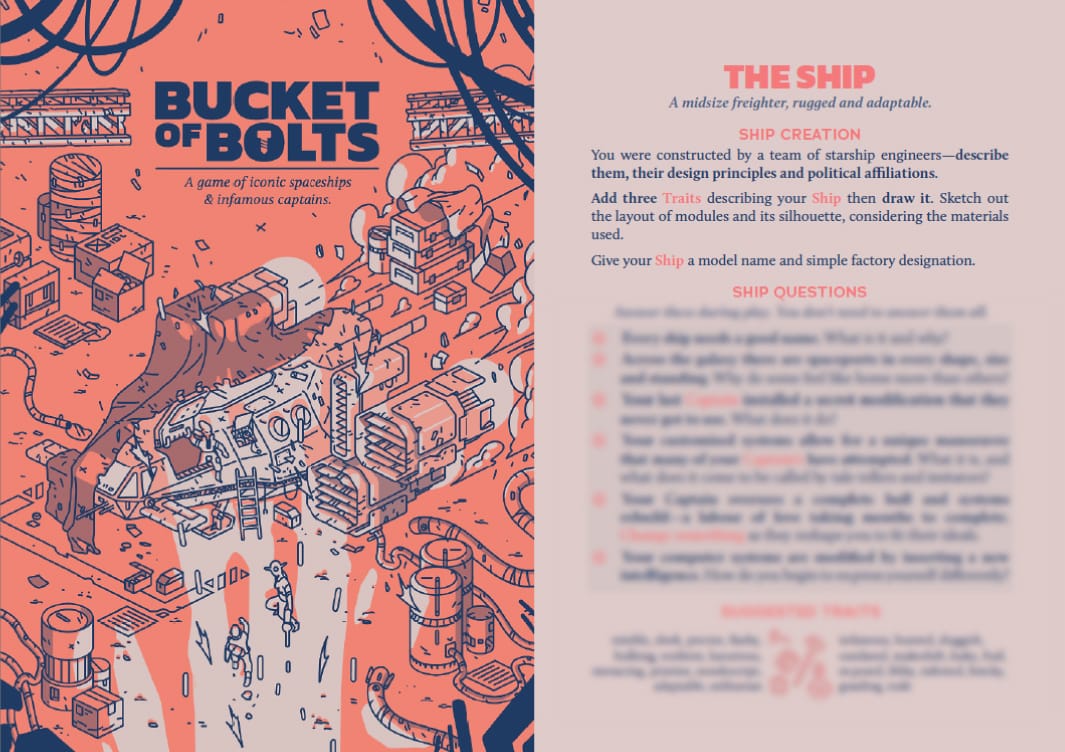
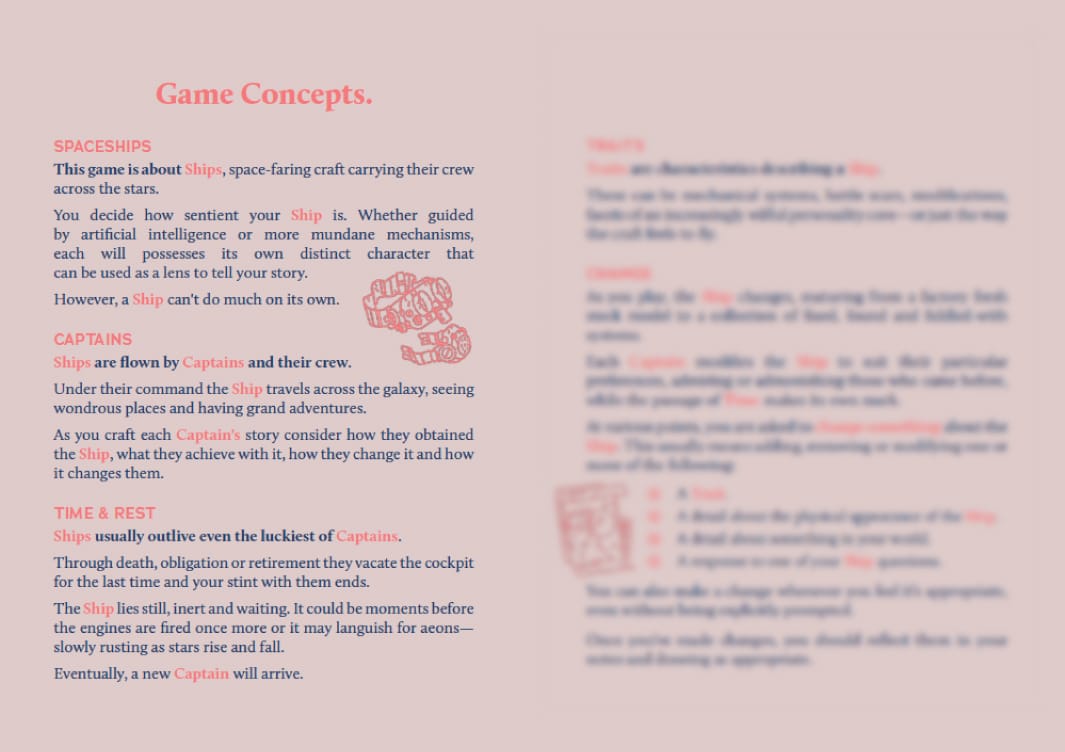
The expert delve.
Today's expert delve is about product design and breaking a game across multiple books.
Bucket of Bolts is a hack of Jack Harrison's other game, The Artefact. As a hack of that game, it's less robust. For example, in Artefact, you start by picking from a list of fantasy objects. These objects come with tailored questions for your game which adds a layer of replayability. In Bucket of Bolts, you're playing a freighter.
This slightly trimmer game means the core rules, which were concise before, are even shorter now. Then, to make them even lighter, the playset (where you find your captains and time details) are found exclusively in their own 6-page file. In Artefact, you get the playset as a standalone file and a copy of it alongside the rules. I prefer the approach in Artefact. It might seem redundant, but when your rules are only six pages I want the things they're referencing side-by-side with the instructions—the proverbial ship doesn't get any faster by shedding those pages from its core rules.
That's the question: When do you chunk or break your game into multiple parts? When do you omit things that could be repetitive? This is a common dilemma with GM advice, stretch goals, and alternative rules.
In the case of Bucket of Bolts, the separate files are a double-edged sword. Being able to print them out is good. If a game has playsheets or character sheets, those files should be included in the product folder. I hate having to track down character sheets—especially for old games where the link is long gone.
The problem for Bucket is that those pages are not duplicated in the primary manuscript next to the rules. This led to a "fix" that is (in my opinion) the game's one major visual design flaw: an overuse of bolded keywords. If you're a big adventure game fan, you've seen this before. When a game is this concise, bolding keywords pockmarks the spread with noise. And the intended effect—connecting two separate documents by their terminology—is only half as effective as other visual techniques.
Final carousing.
I've been meaning to review Bucket of Bolts for a long time. The creative concept, rules, and art come together beautifully in a way I find more striking than The Artefact. (Even though the overall layout and information design are more rickety.)
If this design delve piques your interest, Mousehole Press has new versions coming out. In this new version, the games' are being converted into cards (if that's not your thing, the originals are on Itch right now). With this new edition, Artefact is getting all new art and typography while Bucket of Bolts is getting polished and rearranged—both of these changes remove each respective game's weaknesses while keeping their strengths. A surprisingly rare instance for beautified second editions.
Until next time. Powering down.
Random additional treasure:
- The game's tone is not as bleak as you might expect from the rules. The game's bright color palette does a good job of setting expectations. This isn't Alien.
- Drawing your ship is part of gameplay. That means the key art does double duty as both illustration and demo. It's the right amount of sketchy.
- Artefact and Bucket of Bolts both use Calluna for their body copy. It's a good typeface, but thematically doesn't add anything to either's visual equation.
- If you're like me and enjoy challenging writing prompts, play with a coin and 1d6. The game expects you to pick from a list of options, but you can just as easily roll for them.
- There is some good bonus content included with the game. Nothing transformative, but some good alternative writing prompts and chances to change your game's tone.
Explorers Design is a production of Clayton Notestine. If you liked this article, please consider liking, sharing, and subscribing. Members who pay just $5/month also get unlimited access to templates, tools, and resources.


